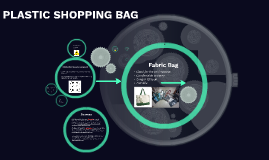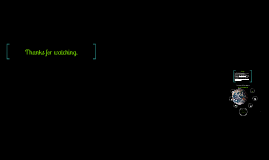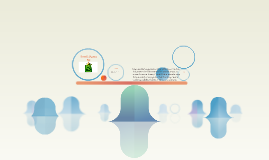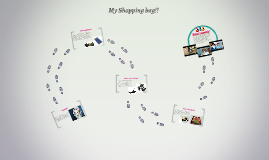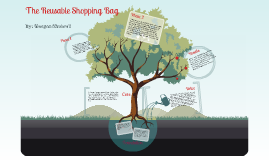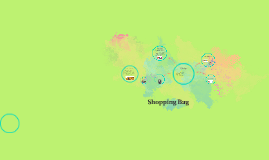Reusable Shopping Bag
Transcript: The reusable shopping bag is a shopping bag alternative. It is made out of cloth instead of paper or plastic, so instead of throwing it away, you can use it more than once. After a while (specifically around the late 70's and early 80's), people began to see the harm plastic bags caused to the environment. The trend of a single, multi-use bag made of cloth soon caught on. And so, the Reusable shopping bag was born! Results In the past, people carried their food or other items in woven baskets or even large canvas sacks. And before that, items were carried in clay or porcelin pots. This whole array of pots, bags, and baskets was the norm, until 1852. Phase 2 Phase 1 Everyone is used to using "paper or plastic," But what about cloth? Something that is better for the environment and can save you money? By: Meagan Kimbrell The Reusable Shopping Bag Foundation Core Drive In the early 1960's, Swedish inventer Sten Gustaf Thulin produced a simple design of a small but strong bag made of plastic, with handles cut into it. He presented the design to several corporations, and in 1965 it was patented by Celloplast of Norrkoping, Sweden. Soon, in the 1980's, the Dixie Bag Company produced a line of perfected plastic bags. The rest, of course, was history. The original grocery store shopping bag could only be used once. They could be made out of either paper, or plastic. Most plastic bags are made of polyethylene, which consists of crude oils and natural gases- nonrenewable resources. The U.S. alone cuts down 14 million trees every year to make paper and plastic bags. The U.S. needed an alternative; But first, a look at the reusable bag's predecessors: In 1852, Francis Wolle patented a machine to make bags out of paper. These bags were simple: brown and boxy, but nonetheless perfect for holding grocery items. The only problem was the huge impact it had on trees and forests.







